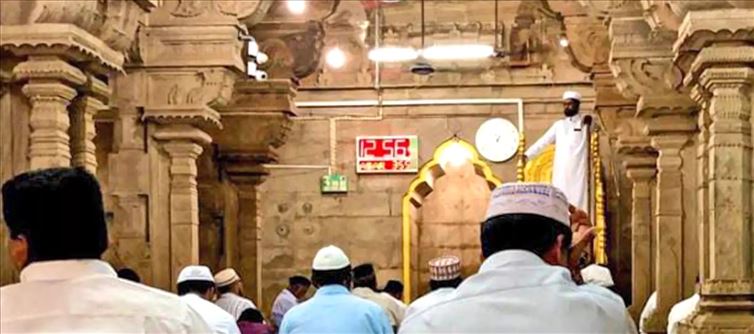
Several right-wing organizations contended that several mosques in northern india were constructed on land that had previously housed temples after the supreme Court's decision authorized the construction of the ram mandir on the site where the babri masjid was destroyed. However, it is simple to identify historic mosques that were constructed to mimic temples in southern India.
The development of an exclusive architectural style known as Dravidian Islamic architecture resulted from Muslim traders hiring temple masons to construct mosques in tamil Nadu's coastal regions and Hindu kings celebrating social harmony by helping to build and maintain mosques. Its architecture combines elements of Islamic mosques and Dravidian temples.
These mosques have grown to be significant locations for cultural awareness groups that instruct pupils on societal harmony, even though several archaeologists and specialists nevertheless write articles regarding Dravidian Islamic architecture.
After more than thirty years of studying Dravidian Islamic architecture, raja Mohammed, the author of a book on Islamic architecture in tamil Nadu and the former assistant director of the Department of Museums in tamil Nadu, has discovered several inscriptions in mosques and temples.
He discussed how Dravidian Islamic architecture evolved into a unique form, saying, "Muslim traders established themselves in numerous coastal settlements in southern india, bringing wealth with them, in contrast to northern india, where Muslim invasions occurred. With the aid of native masons, they constructed mosques when they needed a place to pray. Mosques were constructed with an Islamic flair by those who had constructed temples. Temples include several inscriptions about contributions to these mosques built in the Dravidian Islamic style. Muslim tradesmen helped coastal settlements thrive, thus Hindu monarchs made significant contributions to mosque construction.
Hindu king grants money and his name to mosque
Numerous inscriptions about the building and upkeep of mosques have been discovered in ancient temples and mosques. One of these inscriptions describes how a Hindu ruler renamed the mosque after himself and even gave the Khazi its name after him after providing funding for its maintenance. This inscription may be discovered on the pillar in front of the Kattu Magdum Palli mosque, which dates back to the 14th century AD, in Kayalpattinam, a seaside town 600 kilometers from Chennai. Today, it is referred to as Syedina muthu Magdhum Wali's dargah or taqiya.
According to the inscription, the region was ruled by Venadu's monarch Udayamarthandan from 1383 to 1444 AD. In addition to renaming this mosque Udayamarthanda Khadiriar, he also called its Khazi, Aboobacker, Udayamarthanda Perumpalli," Mohammed informed The Federal. The king also mandated that the upkeep of this mosque be funded in part by the tolls collected at the neighboring port.




 click and follow Indiaherald WhatsApp channel
click and follow Indiaherald WhatsApp channel